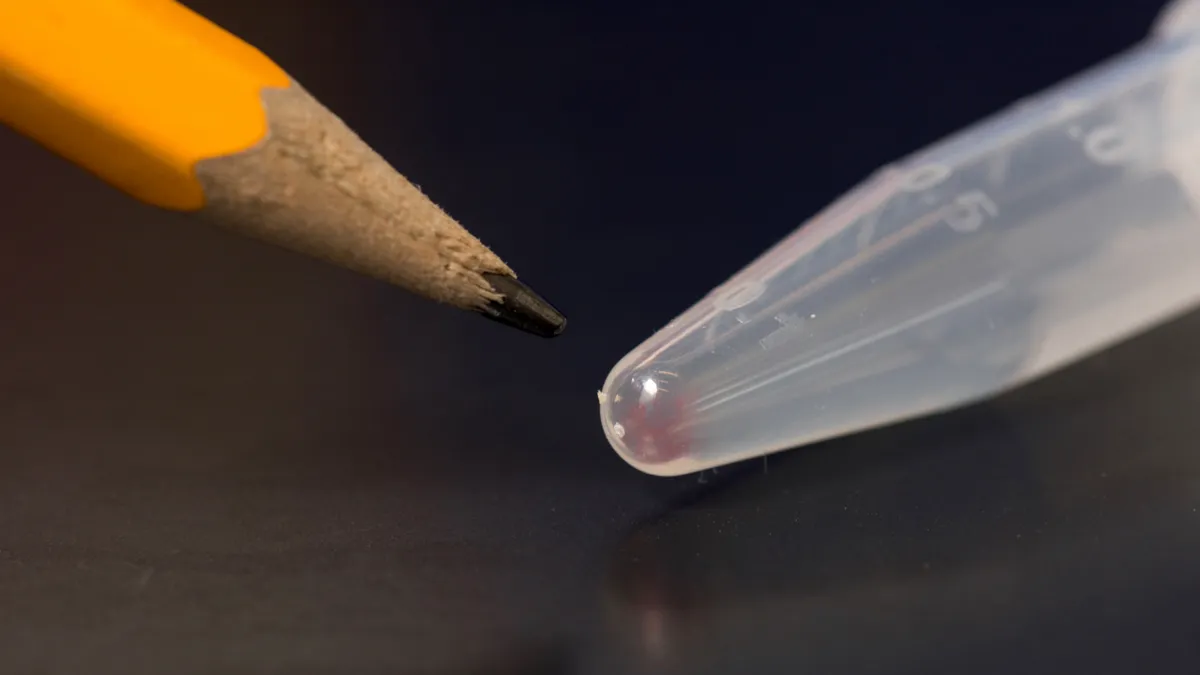If you’re anything like us your hard drive is probably filled with pictures of your family, holiday snaps with your finger over the lens and nights out that are better left forgotten, but scientists have found a novel way to store digital data and retrieve it perfectly – using DNA.
They did what?
It’s hard to believe that you could store computer data onDNA, but in a recently releasedpaperfrom theUniversity of WashingtonandMicrosoftit was demonstrated how to encode data from four images into a sequence of synthetic DNA and then reverse the process without losing any of the information.
How do you store data using DNA?
The team of computer scientists and electrical engineers successfully converted the 1s and 0s that make up digital data into adenine, guanine, cytosine and thymine - or the As, Gs, Cs and Ts that make up theDNAsequence - which was then dehydrated and kept for long-term storage.
This technique means that the total space needed to store the data is reduced from a data centre the size of a large supermarket to one the size of a sugar cube (just don’t drop it in your tea).

"Life has produced this fantastic molecule called DNA that efficiently stores all kinds of information about your genes and how a living system works - it's very, very compact and very durable,"saysco-author Luis Ceze, UW associate professor of computer science and engineering.
"We're essentially repurposing it to store digital data -pictures, videos, documents -in a manageable way for hundreds or thousands of years."
When can I use my new DNA hard drive?
Keep hold of your SSD for now - we’re not quite ready to ditch them for DNA drives just yet. Although the technology is there to use as a viable method of data storage, synthesising DNA and encoding the data is a costly process. But with the total amount of data expected to reach 44 trillion gigabytes by 2020 (enough to stack six columns of tablets to the Moon!), there could soon be plenty of demand for burying those awkward school photos deep in the DNA.
Follow Science Focus onTwitter,Facebook, Instagramand Flipboard